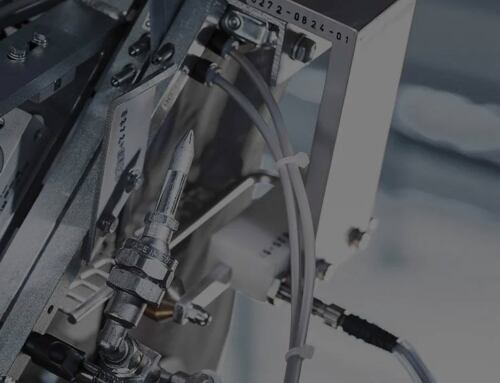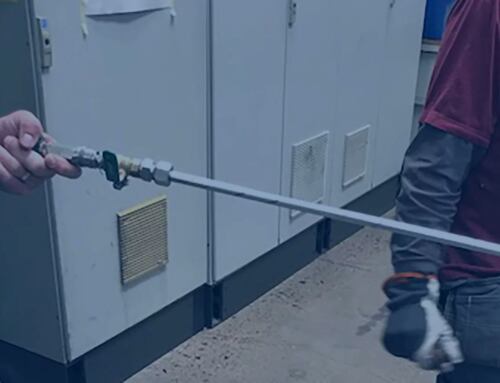A version of this article was first published on silvent.com
Compressed air is regular air, the volume of which has been decreased with the help of a compressor. Compressed air, just like regular air, consists mostly of hydrogen, oxygen and water vapour. Heat is generated when the air is compressed, and the pressure of the air is increased.
Electricity is used to produce compressed air. Approximately 10% of all industrial electricity consumption can be attributed to the production of compressed air. In order to use energy efficiently, the heat that is generated when the air is compressed should be used to heat the worksite, for example.
Benefits of using compressed air
A lot of attention is given to the dangers of using compressed air and the potential injuries from not using proper safety equipment. But there are a host of benefits with using compressed air. The benefits of compressed air include:
- Low maintenance costs
- Can handle high loads over long periods without the risk of overheating
- Easy to store
- Easy to transport
- Can be used in manufacturing processes that demand a high level of cleanliness
Compressed air is often seen as a clean and safe energy source that can be easily used for a number of different industrial purposes.
Applications for compressed air
Nine out of ten industries use compressed air daily. Compressed air acts as an energy source for a variety of tools and machinery, and it is often an important and well integrated part of many production processes. Compressed air can also be used to generate movements and lifting, or to clean, move or cool materials.







